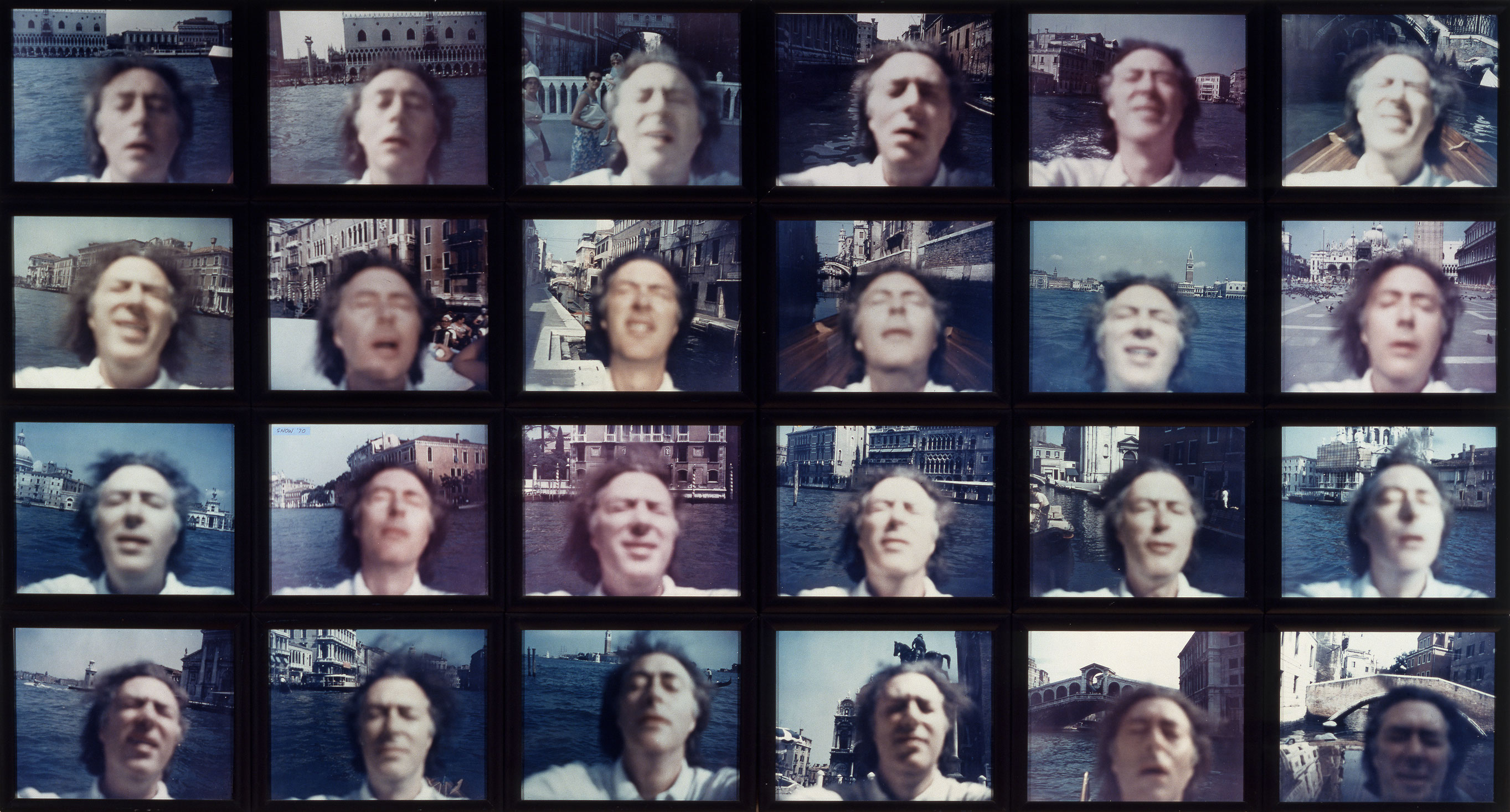Canadian artist Michael Snow has died at age 94. Torontonians will perhaps know him best for his sculpture called Flight Stop, the 60 geese flying in the Eaton Centre.
Snow was a Canadian artist and experimental filmmaker who is considered one of the most important figures in the development of avant-garde and experimental art in Canada. He is best known for his work in the mediums of painting, sculpture, photography, and film. He was quoted in 1967 as quipping:
“My paintings are done by a filmmaker, sculpture by a musician, films by a painter, music by a filmmaker, paintings by a sculptor, sculpture by a filmmaker, films by a musician, music by a sculptor… sometimes they all work together. Also, many of my paintings have been done by a painter, sculpture by a sculptor, films by a filmmaker, music by a musician. There is a tendency towards purity in all of these media as separate endeavours.”
One of Michael Snow’s most famous films is “Wavelength.” It is considered a classic and seminal film in avant-garde cinema and is widely regarded as one of the greatest avant-garde films of all time. The film was made in 1967 and runs for 45 minutes.
The film is made up of a single, static shot that slowly zooms in. It begins with a wide shot of a New York loft space. The camera is positioned in front of a photograph of waves, which hangs on the far wall. The camera gradually zooms in on the photograph, while increasingly shorter wavelength tones are heard (in addition to a clip of the Beatles’ “Strawberry Fields” over the radio.) The camera continues to zoom in until the photograph fills the entire frame, and the tone is its most excruciating.
Wavelength challenges the audience’s perception of space and time, and has been described as a mind-bending, time-stretching experience. It has been widely discussed and debated by film critics and historians, and has influenced many other artists and filmmakers. It also helped establish Michael Snow as an important figure in the world of avant-garde cinema, and continues to be shown and studied to this day.
“Wavelength” was widely well-received by critics and audiences when it was first released in 1967. It was praised for its innovative approach to filmmaking, its exploration of the viewer’s perception of space and time, and its use of sound. It had a successful screenings at New York’s Film-makers Cinematheque, in European film festivals and also in a retrospective at The Museum of Modern Art.
Many critics and scholars have called it a masterpiece of avant-garde cinema and a landmark work in the history of film. The film’s unique, extended long take and use of sound is seen as ground breaking, and it has been credited with anticipating many of the stylistic and thematic concerns of subsequent avant-garde and independent cinema. It also influenced many contemporary filmmakers and has been noted as a huge inspiration in the development of Structural Film.
While “Wavelength” has generally been well-received by critics and audiences, some reviewers have had more mixed or negative reactions to the film. In general, while many have found the film to be a groundbreaking and thought-provoking work, others have found it to be slow-moving, unengaging and difficult to understand. However, it should be noted that avant-garde works of art often elicit polarized reactions as they tend to challenge traditional notions of art and representation and are not easily accessible to a general audience.
My take: R.I.P. Michael Snow. Once upon a time, I had a gig as a part-time Security Officer at the National Gallery in Ottawa, Ontario. I remember studying Michael Snow’s Venetian Blind with bemusement and wondered why he didn’t use a greater depth of field.

